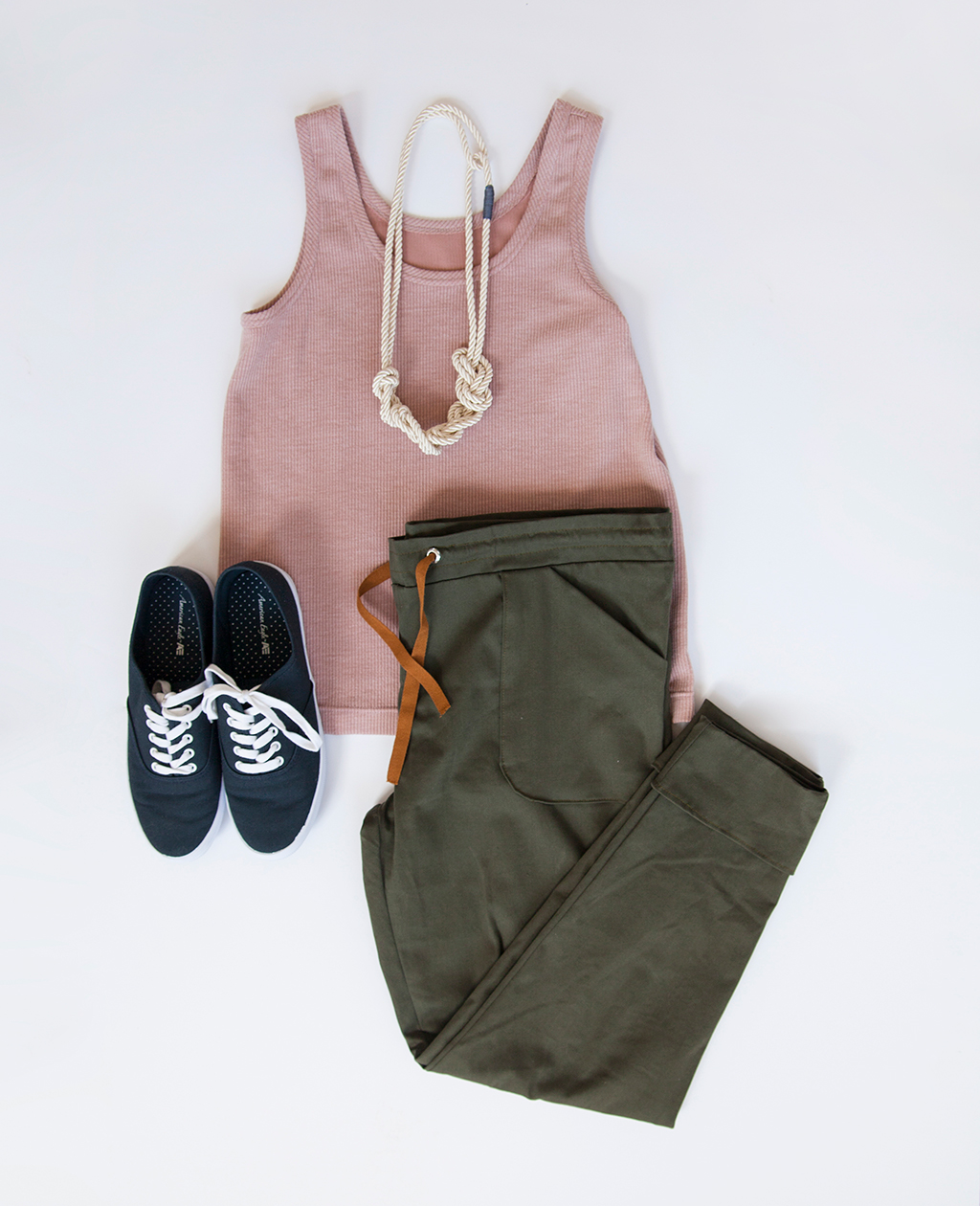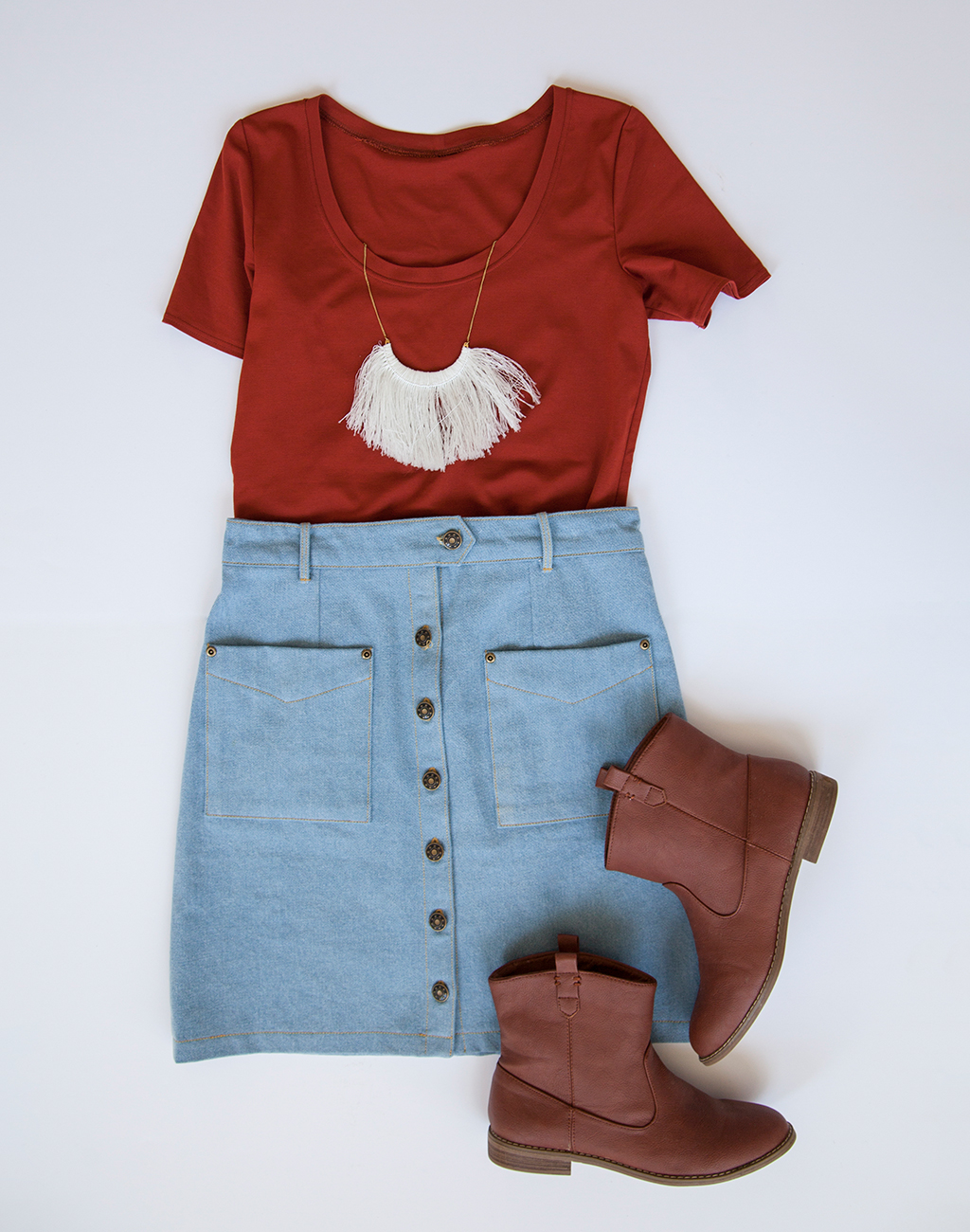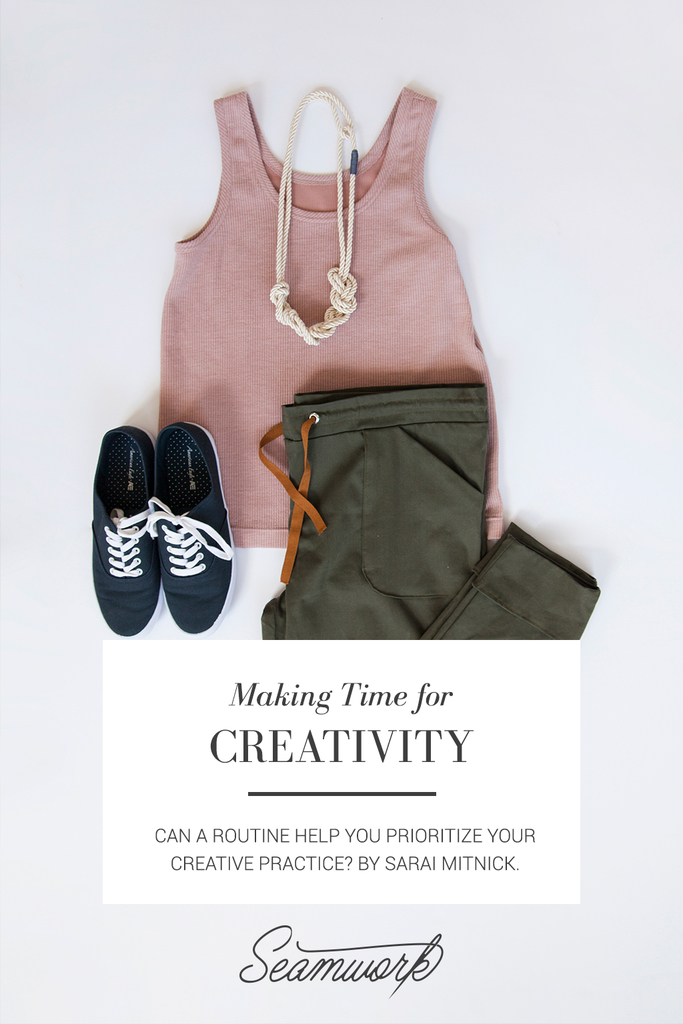There is never enough time. It is part of the human condition, and there’s just no avoiding it.
As human beings, we are gifted with the dubious distinction of awareness of our own mortality and all the possible forms suffering can take in our lives. Not only do we see these threats, but we humans have an understanding that there are things we can do to mitigate them for ourselves and for our loved ones. We can take control to some extent.
We can take care of our health. We can provide a home. We can go to work and accumulate wealth and status, both of which can lead to a feeling of security against suffering in the future.
All of these things take time. This often leaves the creative person with a conflict to solve. How can we find the time for something as seemingly trivial as a creative practice, when there are so many other ways we can work to improve our lives? We need money to feed our families, time to spend with kids, a decent amount of sleep, regular exercise.

At the same time, when we ignore our creativity, we find that our lives feel a bit dimmer. We aren’t fully there. We can’t really show up for our families or friends because we feel so drained. Our work suffers, and people notice. Even our physical health might suffer.
The thing is, the need to be creative is a lot easier to ignore than the need to sleep or eat. It feels like a luxury because it is. Someone who doesn’t have a home or enough food does not need to waste time thinking about anything other than achieving that basic level of security.
But when you do have most of what you need, it’s still easy to see it as unnecessary to a happy life; that may not be true for you. If you are a creative person, it may absolutely be the necessary ingredient for you to feel fully awake and present.
So, given the tendency to put off creative pursuits, how can we give ourselves the time to be creative when everything else feels so important?
Finding space for creativity
Artists and writers have struggled with this for centuries. There is a natural resistance to dedicated creative time that seems to come from deep within us. In his book The War of Art, author Steven Pressfield even calls it exactly that: The Resistance. He personifies it as the ultimate foe of any writer.
It seems that most successful creatives have all found a similar solution to this problem. That solution is the creation of a routine.
In his book Daily Rituals: How Artists Work, writer Mason Currey explores the daily practices of over one hundred writers and artists.
What’s striking is the similarity. The great majority work in the morning, with dedicated chunks of a few hours early in the day. Often, they work until a certain goal is achieved, whether that’s a word count or a specific allotment of time.
The rituals around this sacred time vary. Georgia O’Keefe enjoyed a fire and perhaps some tea in bed as she watched the sun come up, then an early walk around her New Mexico ranch, killing any rattlesnakes she came across with her walking stick. After breakfast, she’d settle into painting for the morning. “The morning is the best time,” she said in a 1966 interview, “there are no people around. My pleasant disposition likes the world with nobody in it.”


Jean-Paul Sartre, by contrast, sandwiched his creative work with a rich social life and plenty of food and wine. Yet, he had structure to his creative time as well. “Three hours in the morning, three hours in the evening. This is my only rule.”
For Maya Angelou, space was important. At 6:30 AM she’d leave home to go write in a motel room, “a tiny, mean room with just a bed, and sometimes, if I can find it, a face basin.” Something about the anonymity of the room helped her. Perhaps similarly, Somerset Maugham found it difficult to work with a view, so his desk always faced a blank wall.
The details of these routines seem to matter only to the individual. But once uncovered, there is something about their particular routine that frees artists to dedicate themselves to their creativity. Routine is the unromantic, unexpected, underdog hero in the fight against creative resistance.
Routine is the unromantic, unexpected, underdog hero in the fight against creative resistance.
Carving out your own creative routine may help you fight your own forms of resistance and procrastination. Of course, some of us may really have no time or resources, and others may simply be in a season of life where creative hobbies take a lower priority.
But others of us know that our minds sometimes lie to us about what is most important. A creative routine breaks us from the need to make those decisions over and over, decisions that are often tough to call in the moment.
Our time here is limited, and knowing that, we fear not doing enough. That fear can keep us from pursuing what’s actually important to our wellbeing. Recognizing that, you can build a system that allows you to pursue your passions in the face of fear of resistance.


